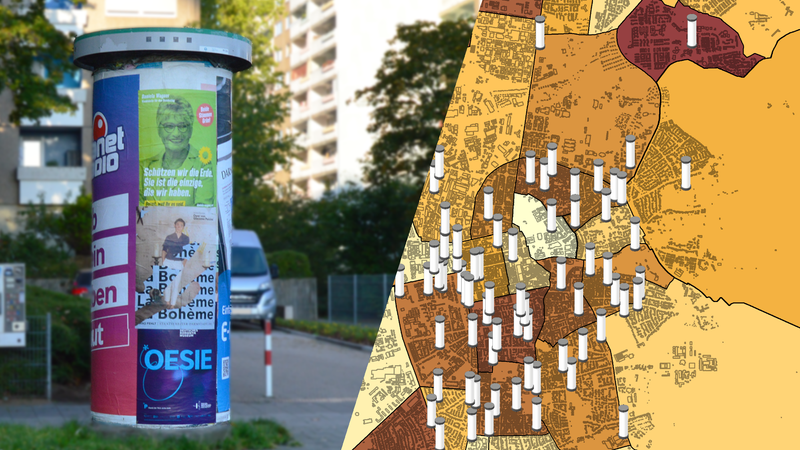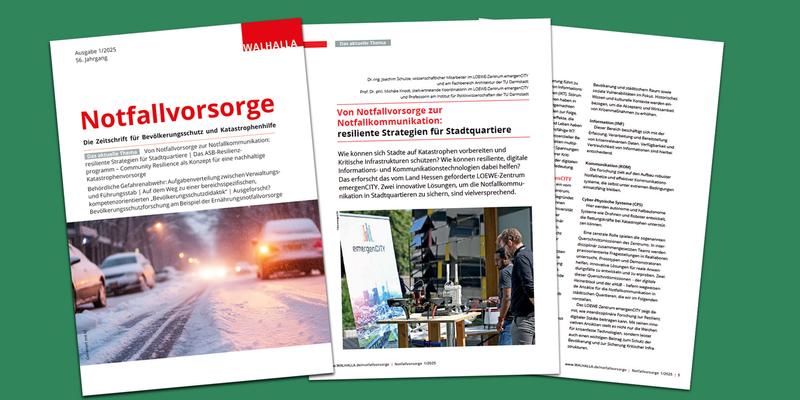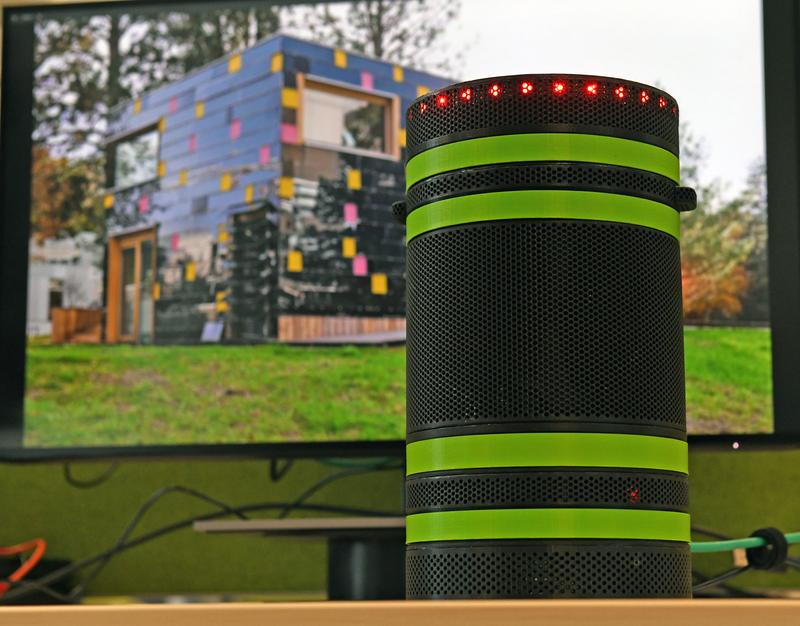The lights don’t turn on, the shower is cold, the coffee maker won’t brew a coffee, and neither cell phones, television, nor radios provide any information. This is what a morning might look like when a long-lasting, supra-regional power outage has occurred. What sounds at first like a simple lack of comfort in the usual daily routine actually comes with many more far-reaching implications. If a blackout lasts for several days, substantial damage to critical infrastructures can be expected, and the population sees itself at risk due to supply shortages of various kinds. For this reason, it is important to take appropriate precautions and to educate people in order to keep the effects as small as possible. emergenCITY scientists from the department Urban Development and Design in cooperation with the Institute of Political Science of TU Darmstadt recently published an extensive study on communication in such a crisis scenario in the International Journal of Disaster Risk Reduction.
The scientific article examines which parts of the population are particularly vulnerable in a blackout and therefore require special attention. A second question presented is how crisis communication can be designed and maintained, also with regards to particularly vulnerable groups. The team of Prof. Annette Rudolph-Cleff and Prof. Michèle Knodt advocates the use of so-called Out-of-Home Billboards as information channels. These include, for example, advertising pillars, which can be found in high numbers and at frequented locations in the city. The study matches socio-economic data with the locations of billboards to evaluate their potential as information sources. The entire study is based on the example of the city of Darmstadt and uses extensive data material from the Office of Statistics. In addition, a series of interviews were conducted in advance with operators of critical infrastructures in the city of Darmstadt. The article is freely accessible through this link.



